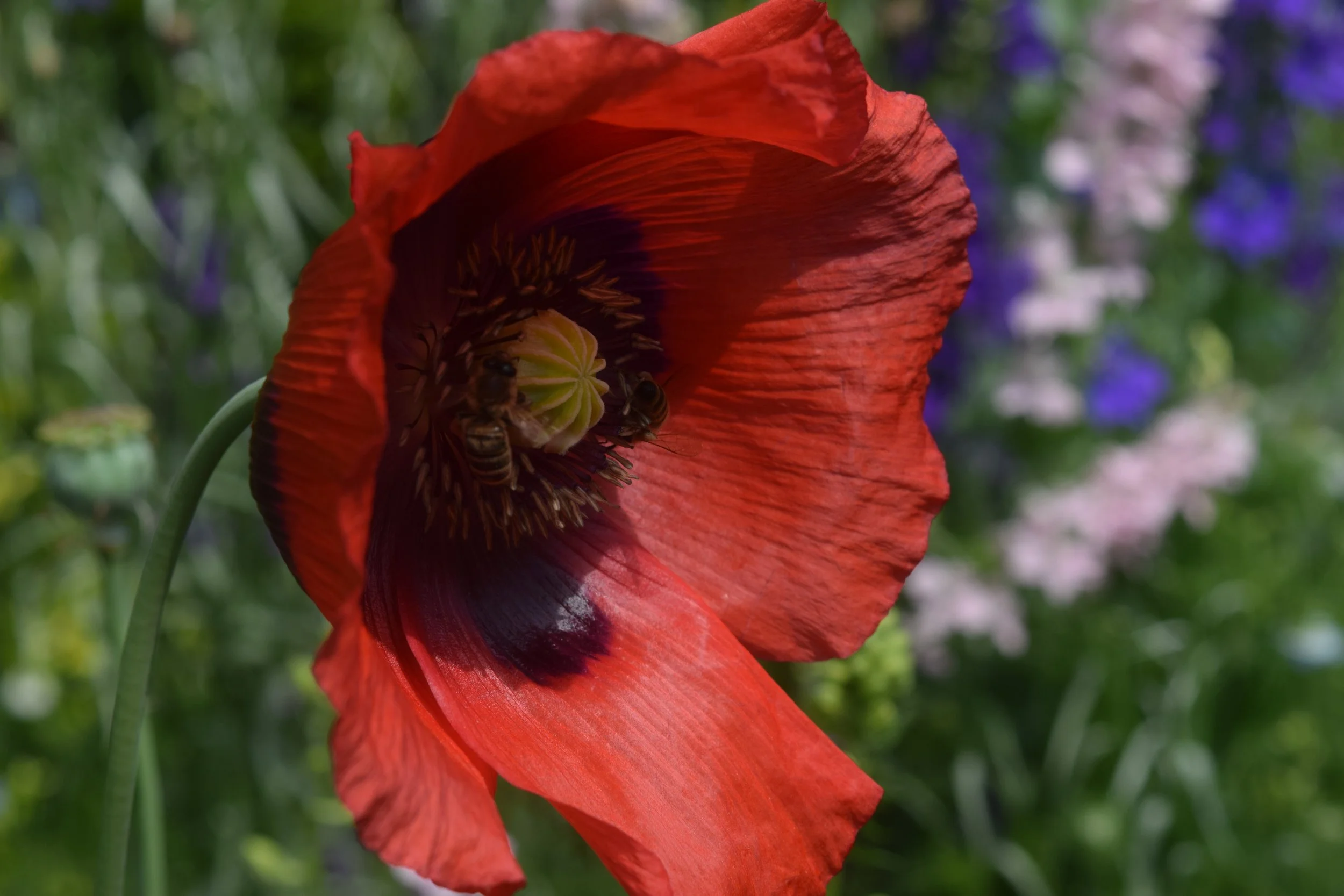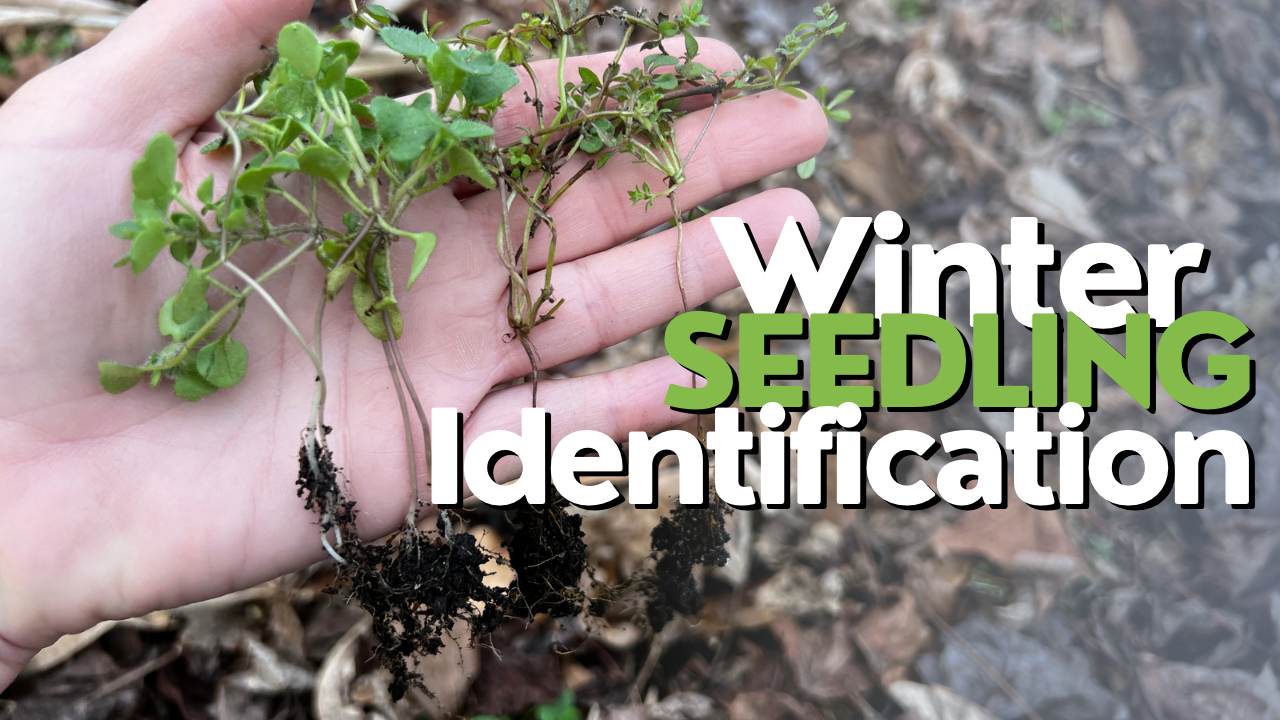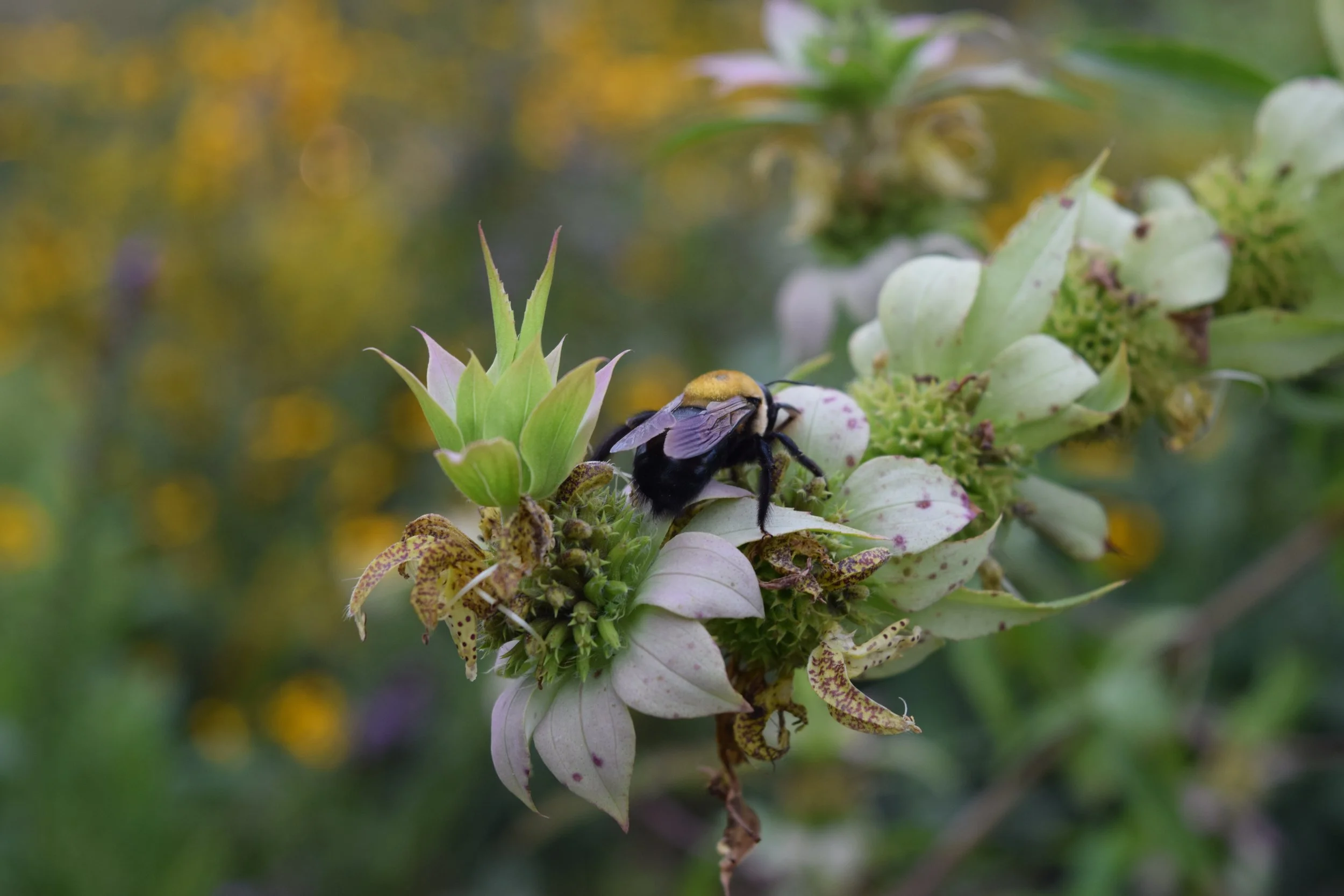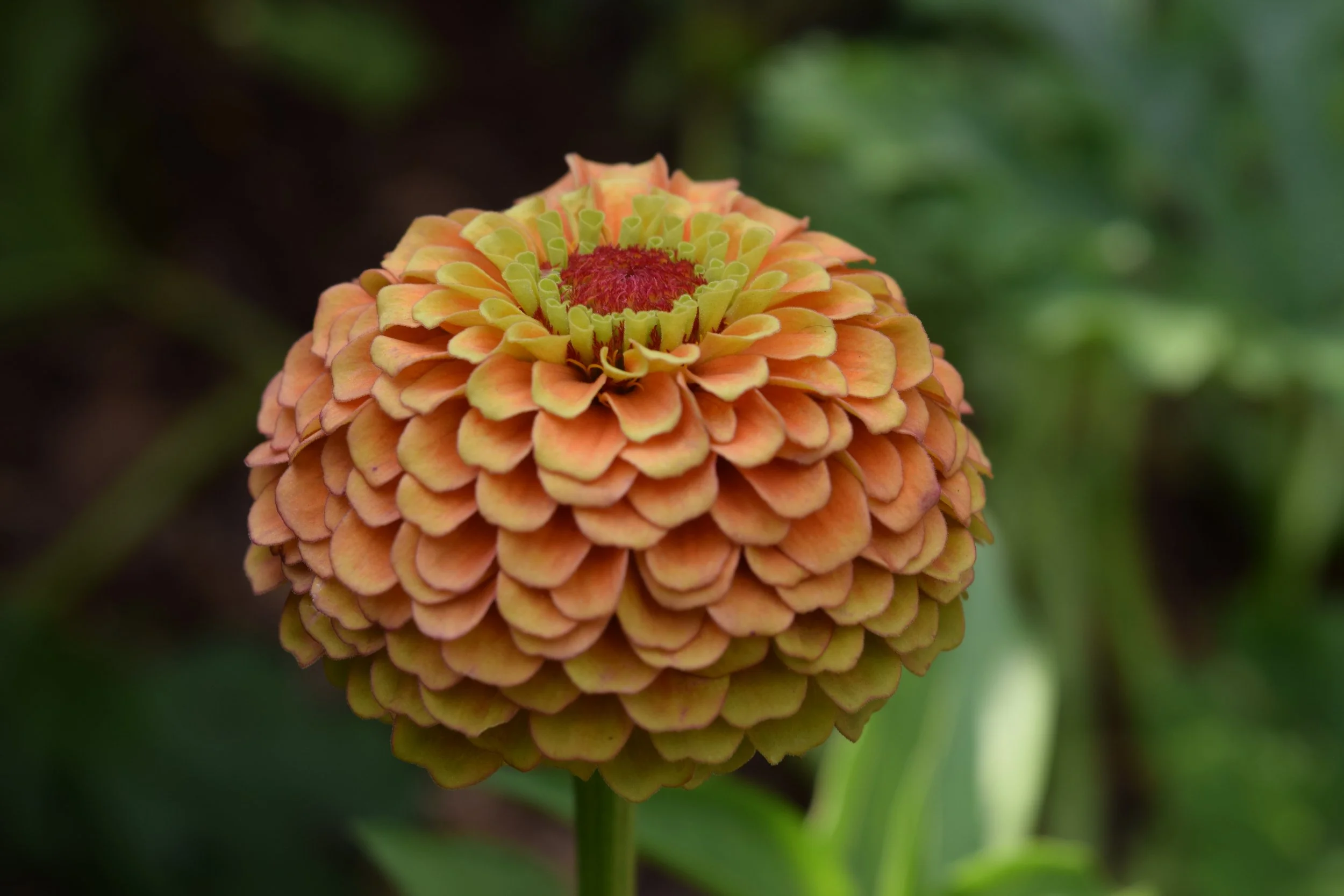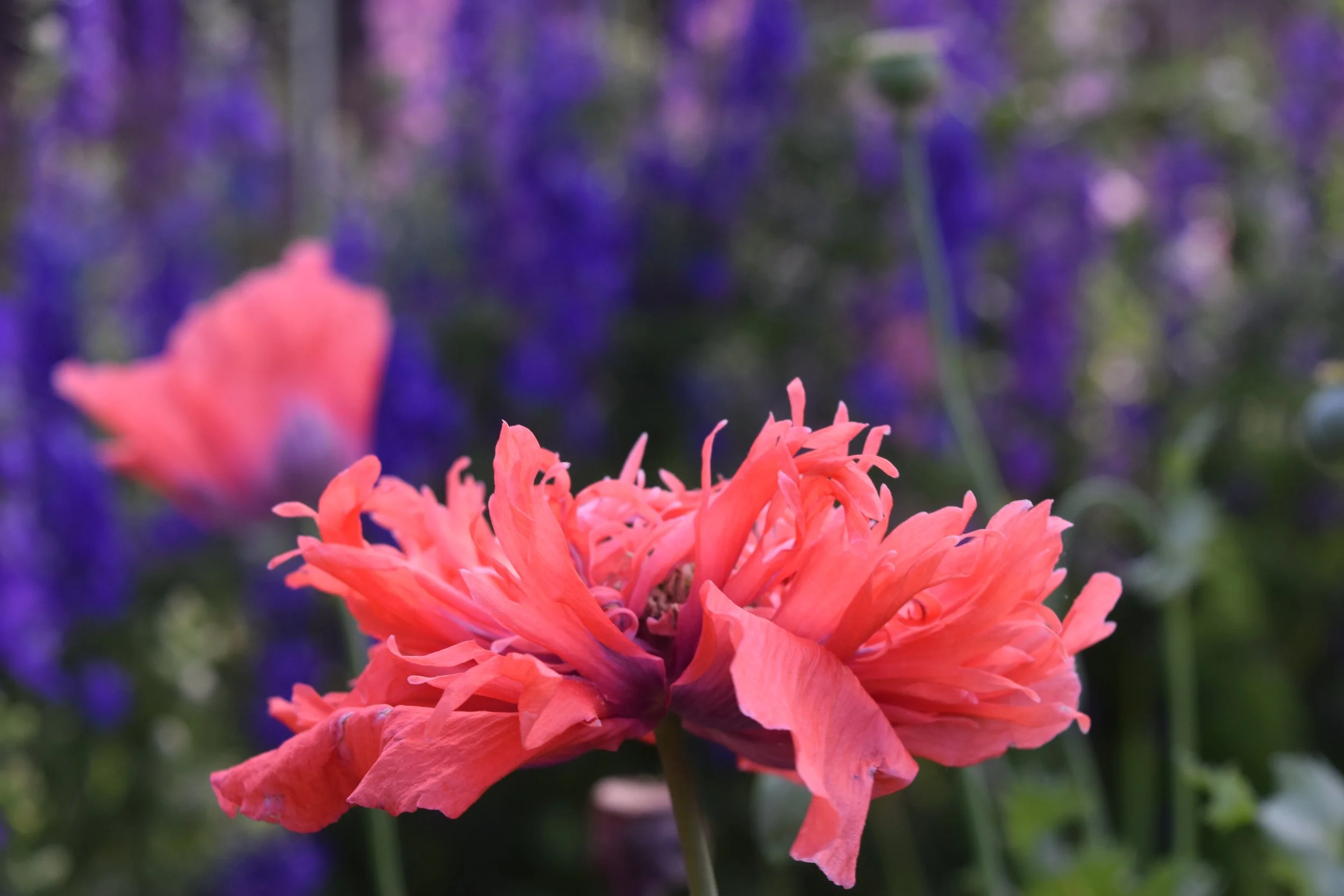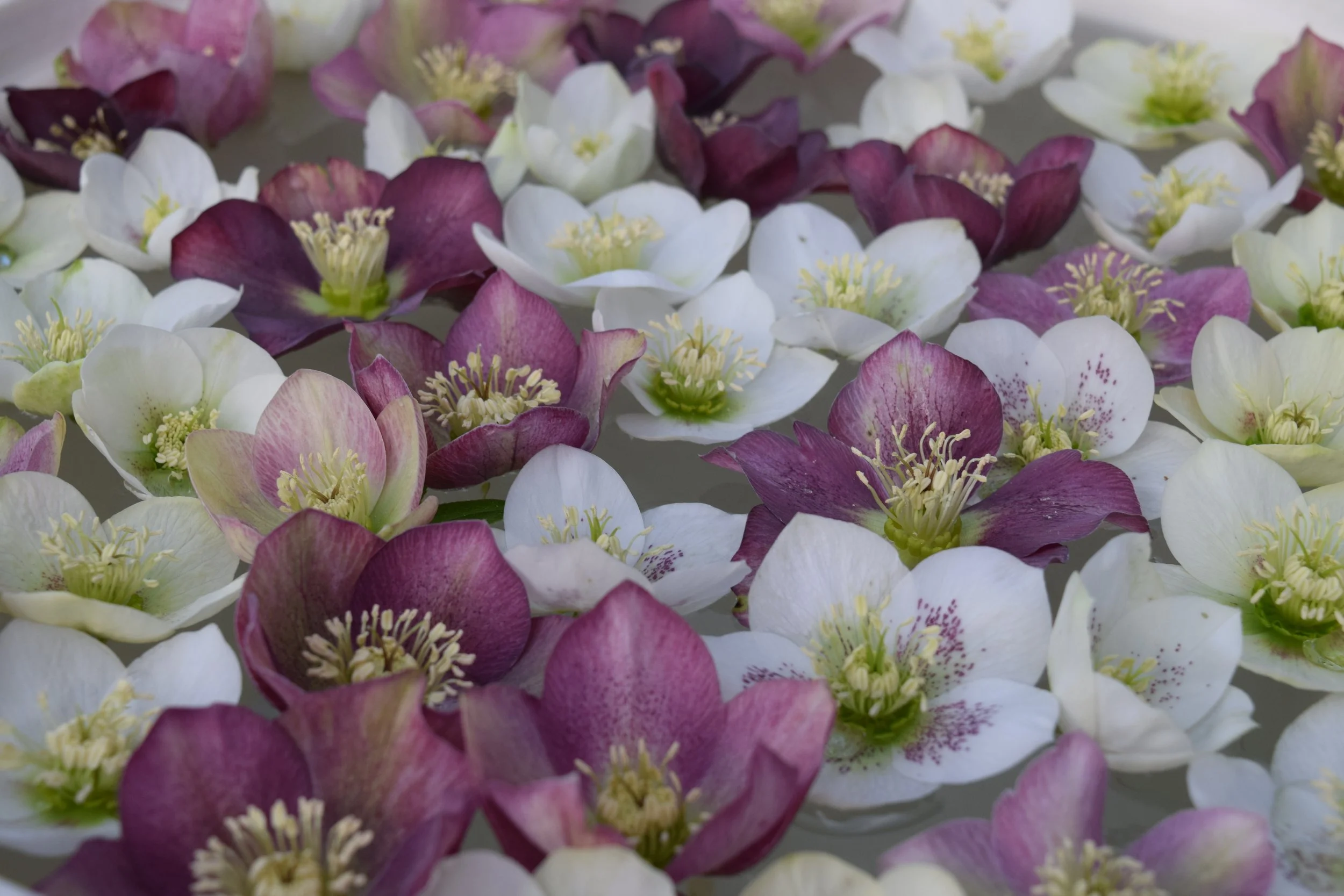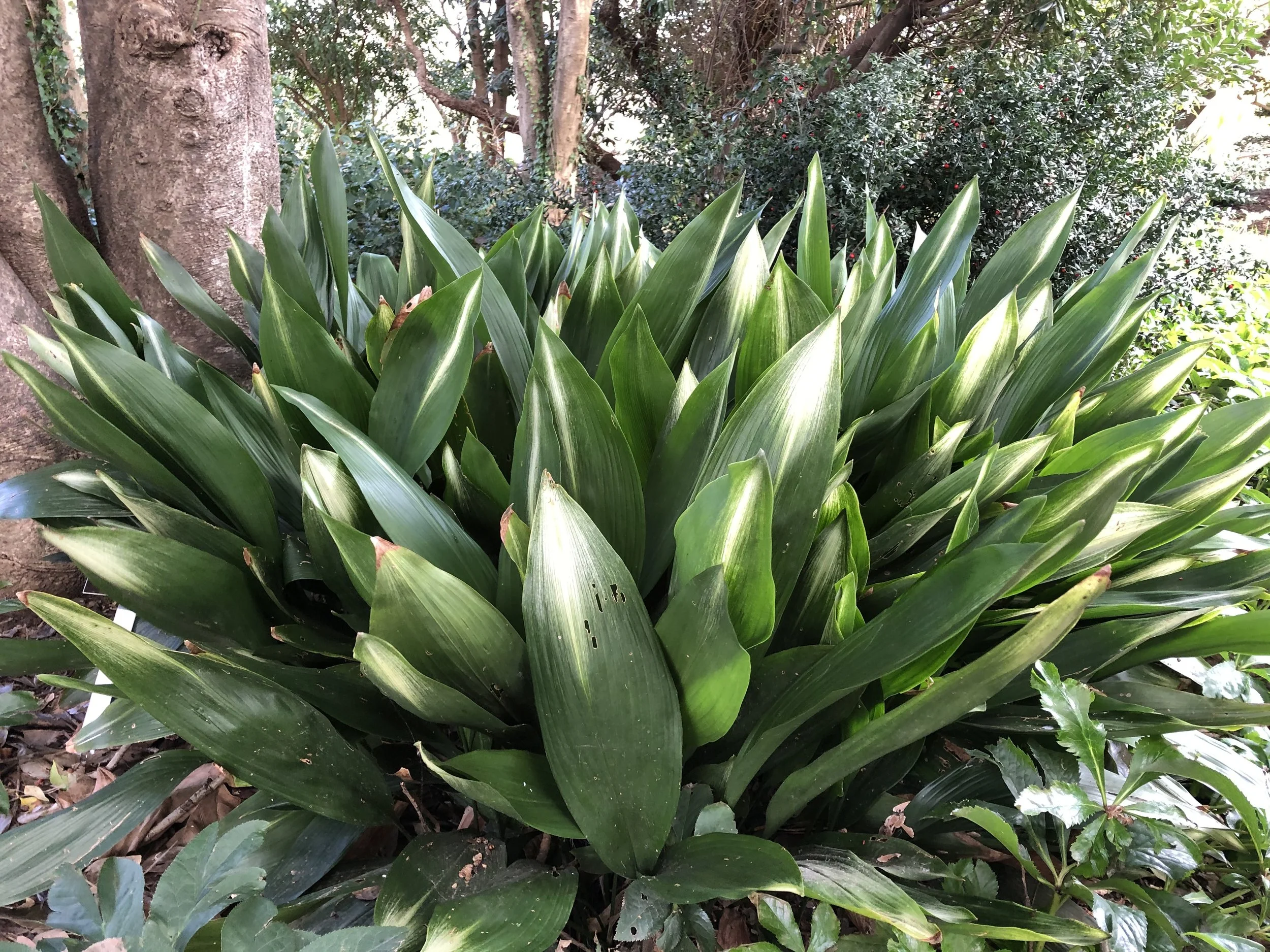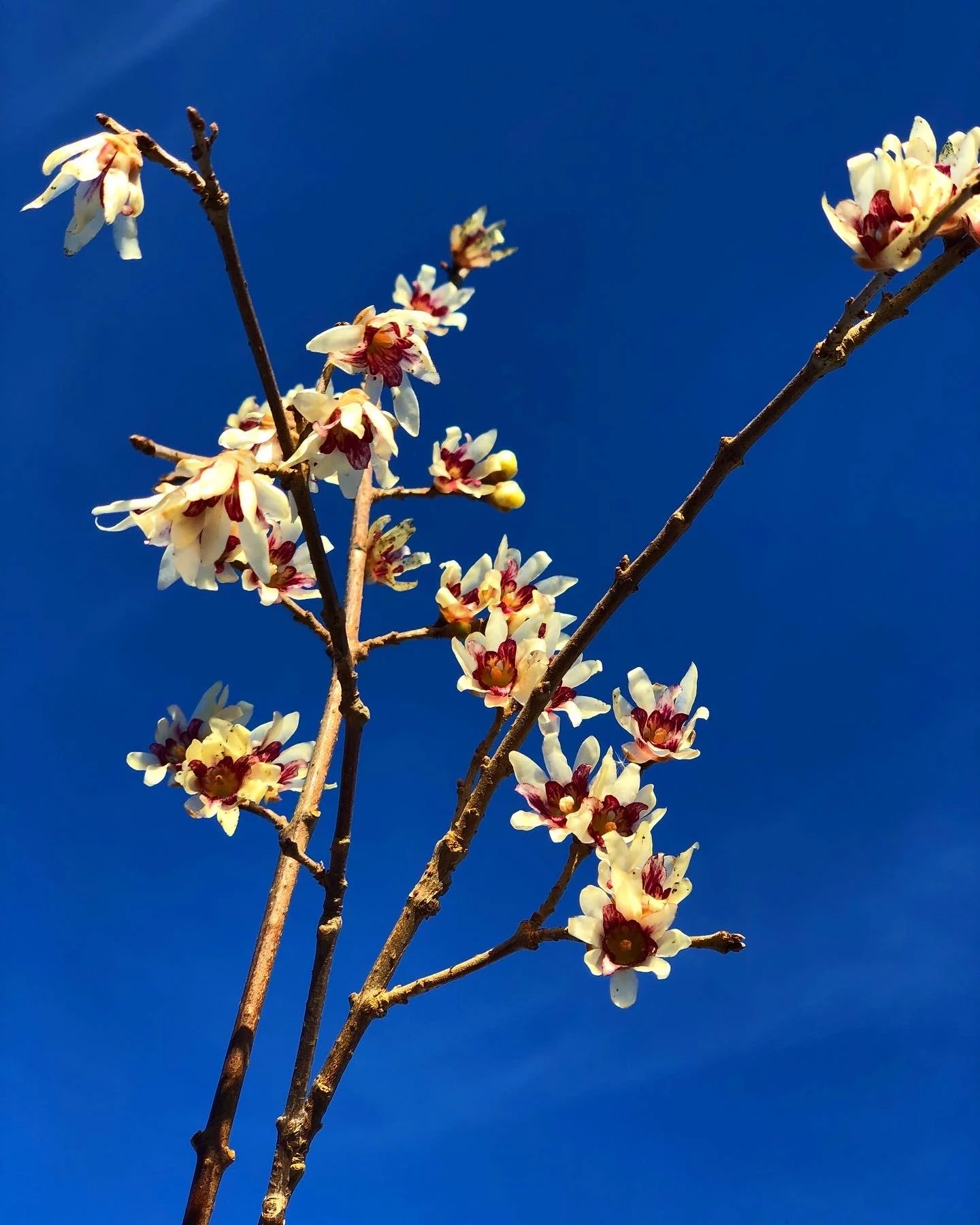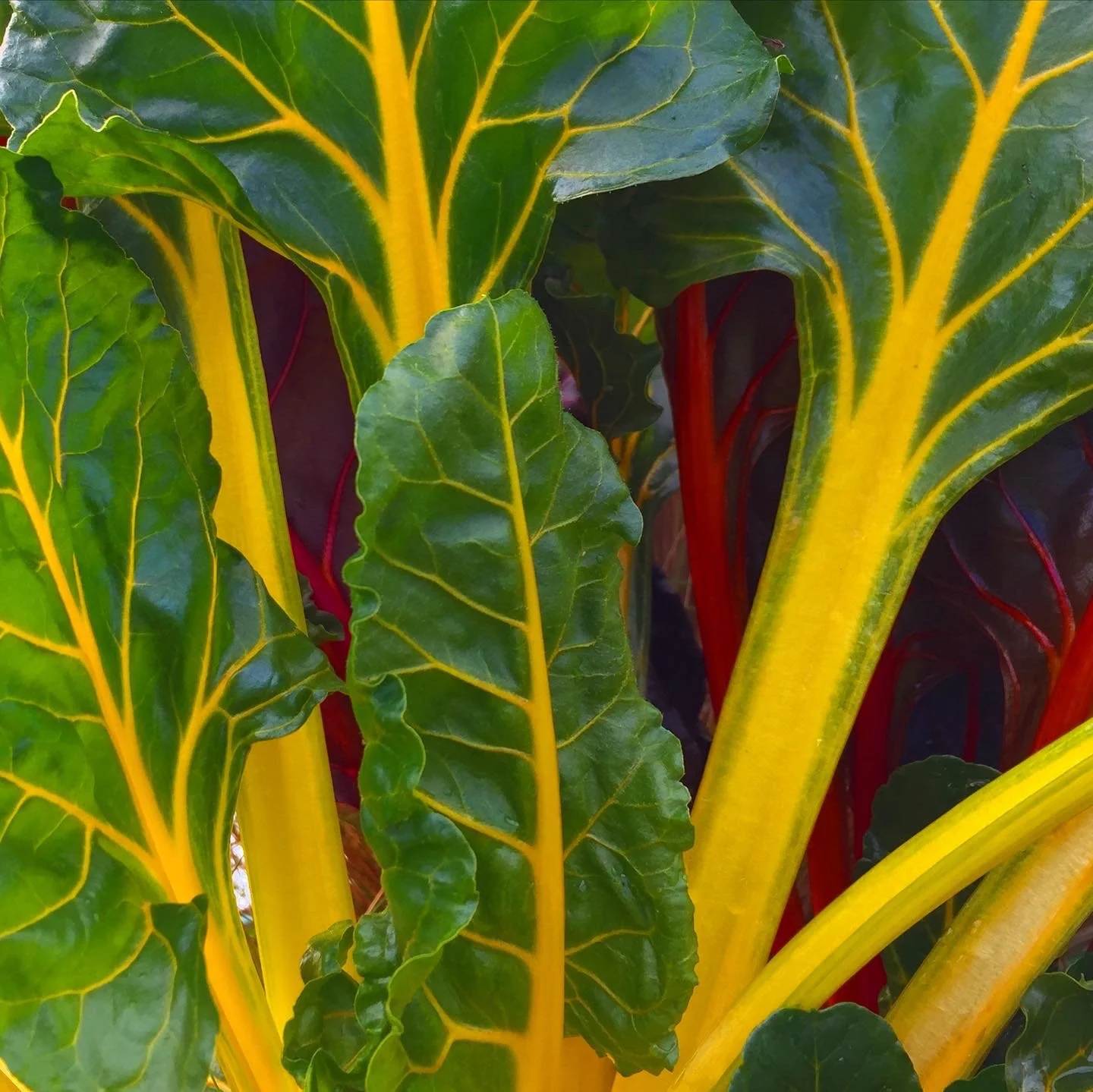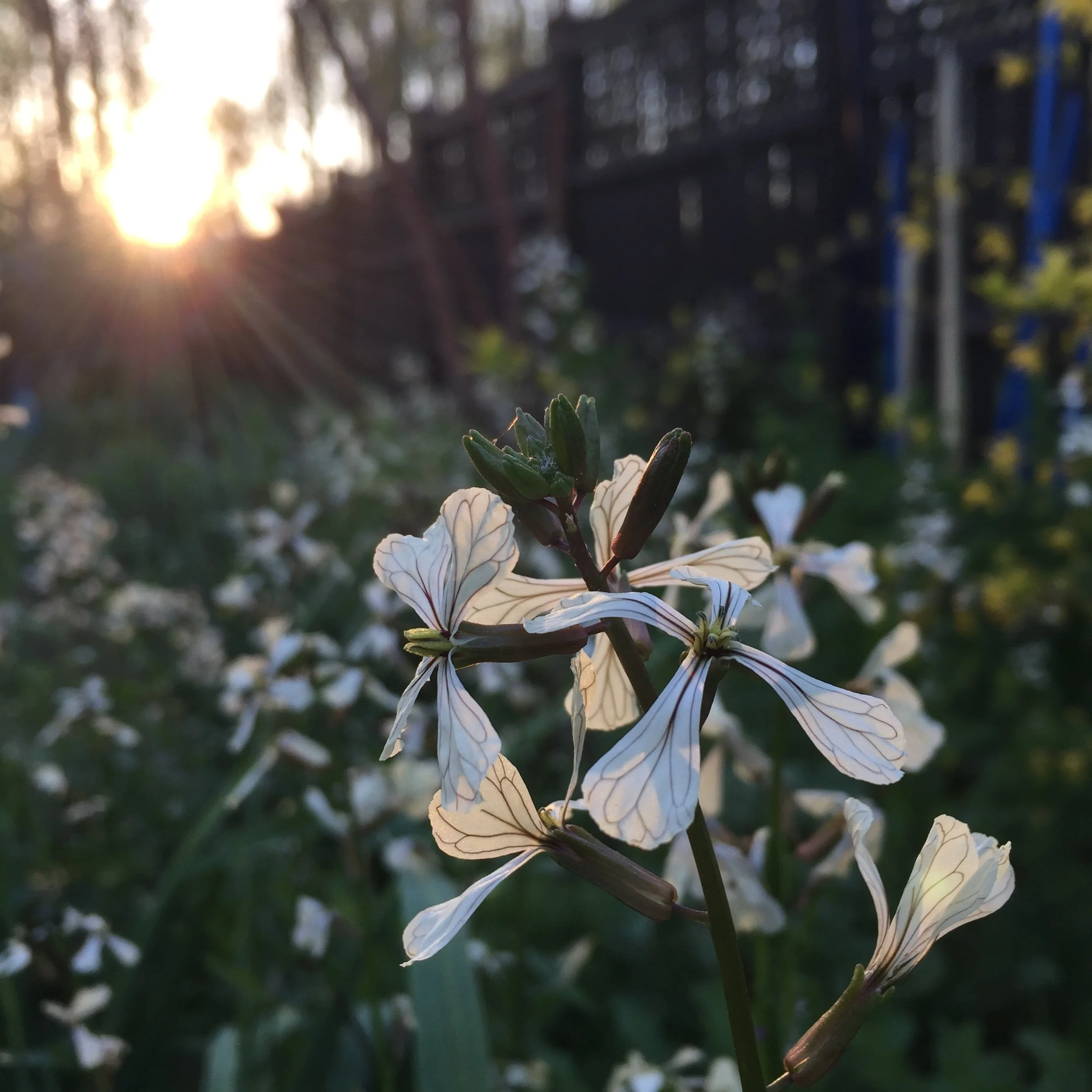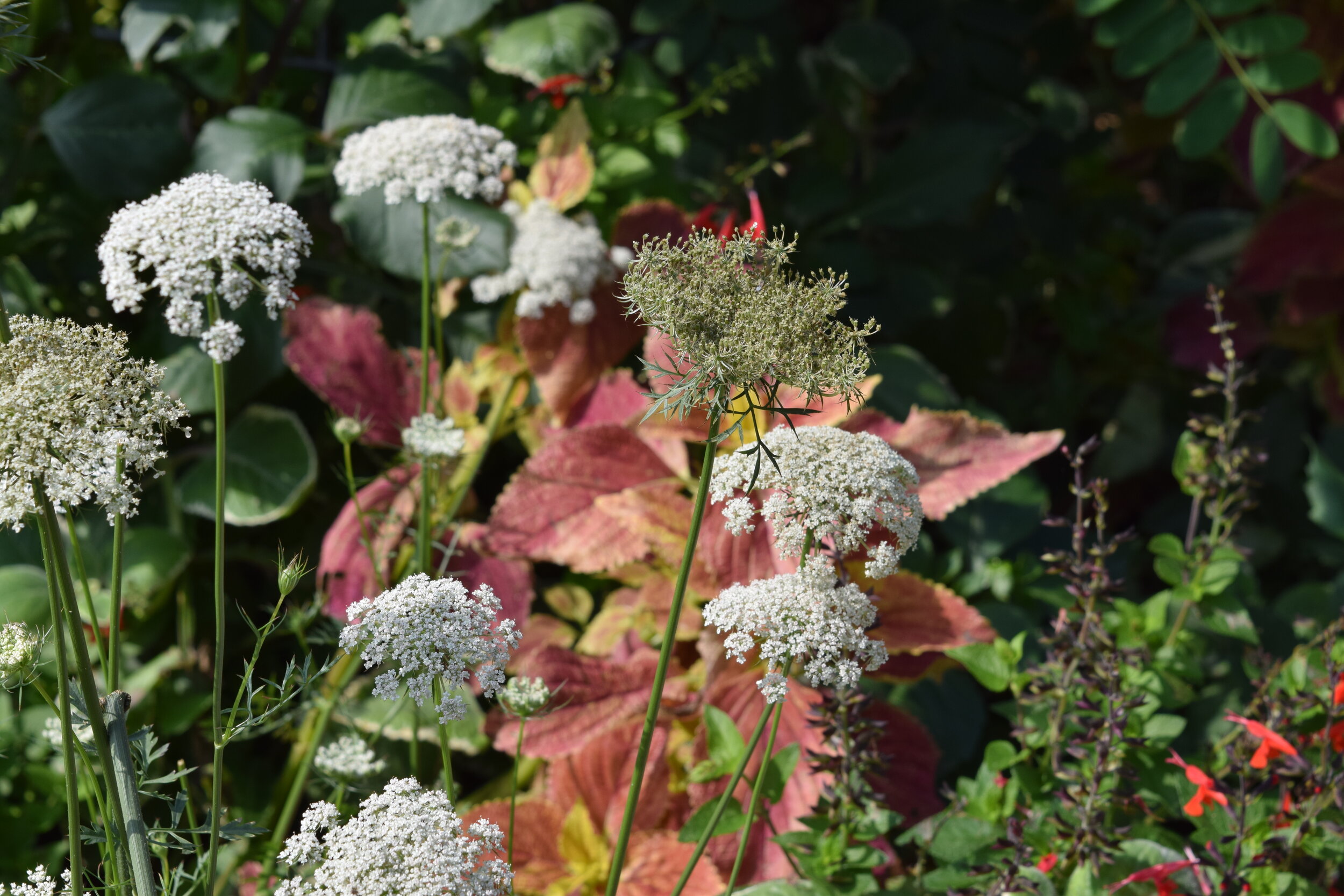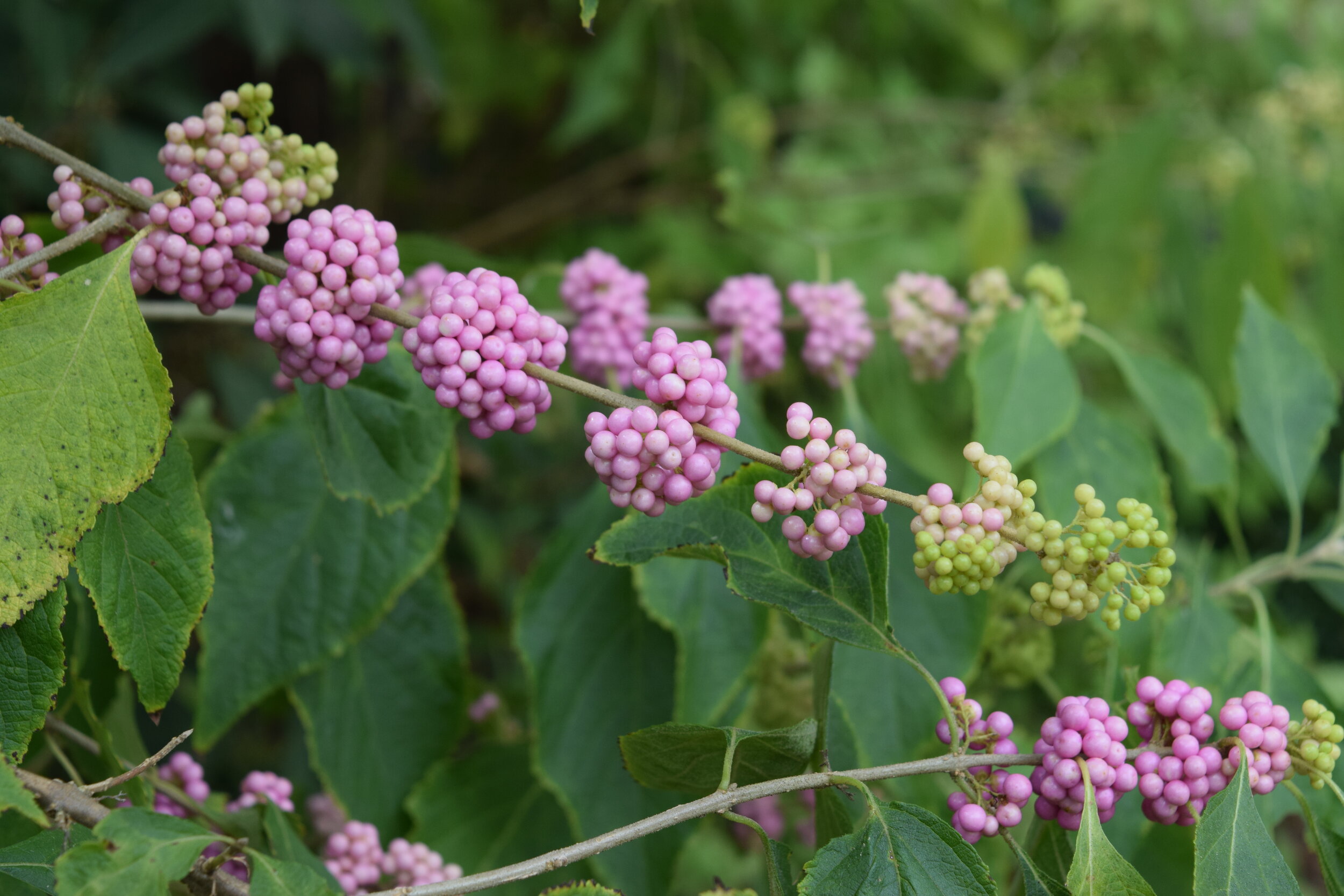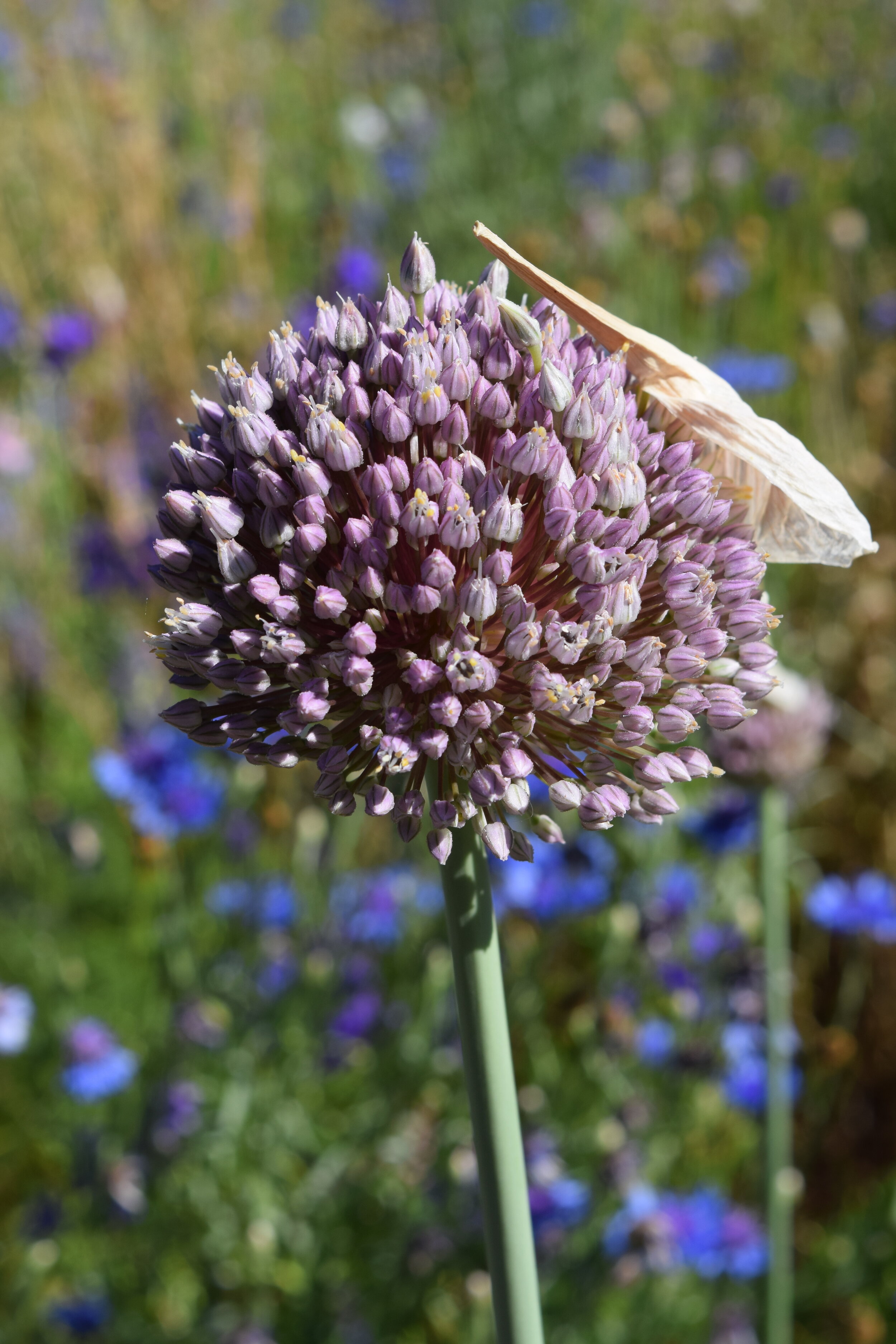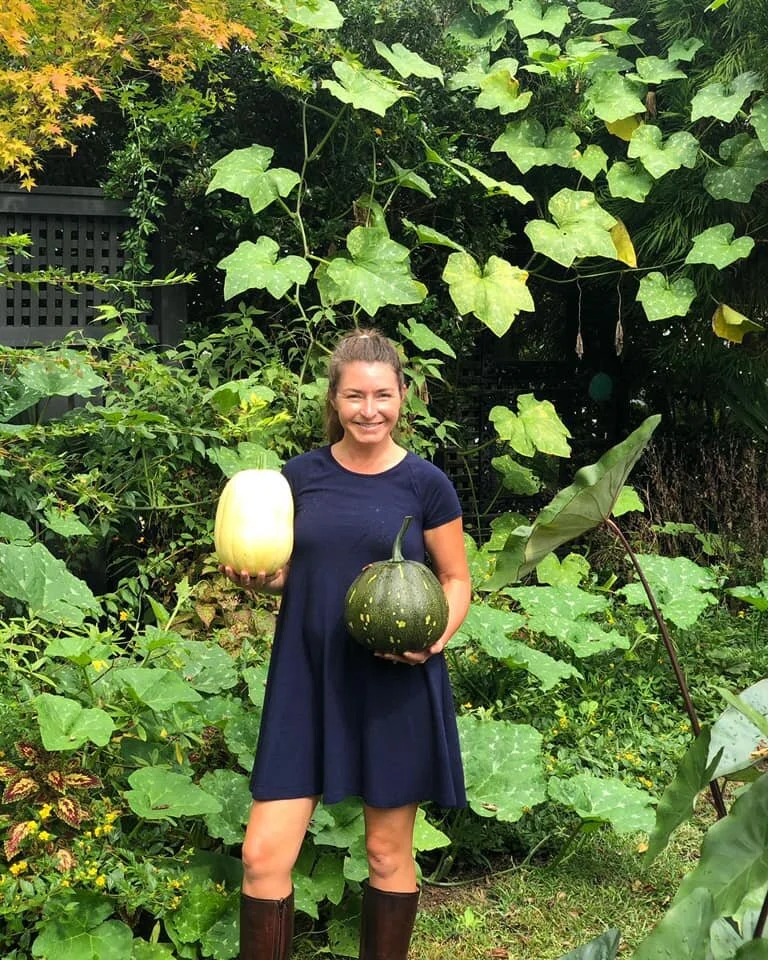Forsythia is a deciduous, flowering shrub in the olive family, Oleaceae. There are 11 species that are primarily native to Asia.
Growing Poppies
Growing Winter Jasmine
Jasminum nudiflorum, the winter jasmine, is a deciduous flowering shrub native to China. It is hardy in zones 6-9 this winter bloomer tends to be one of the first flowers of the season. The solitary flowers appear on the bare stems. The Latin species name, nudiflorum literally means "naked flower". In Chinese, it is also named Yingchun which means "the flower that welcomes Spring".
Growing Hellebores
Growing Cast Iron Plant
In need of a showy, evergreen plant that will thrive in dry shade and not get eaten by animals? Look no further than the cast iron plant! Aspidistra is a genus of flowering plants now assigned to the Asparagaceae family. They are native to eastern and southeastern Asia, particularly China and Vietnam.
Growing Wintersweet
“You smell it before you see it” is the best way to describe this Chinese native deciduous shrub. The fragrant blooms will fill the air with a sweet scent that is impossible to miss. Chimonanthus praecox, also known as winter sweet or Japanese allspice, is a deciduous flowering shrub in the Calycanthaceae family.
Growing Swiss Chard
Growing Anemone
Native to southeastern Europe, the windflower is named for the Greek word anemos, meaning wind. The poppy-like blooms are excellent cut flowers and come in a range of colors from deep blue, purple, pink, red and white accented with black centers. The frilly foliage grows all winter and is not favored by deer or rabbits due to a highly toxic quantity of protoanemonin found in all parts of the plant. Be warned, this is NOT an edible.
Growing Arugula
Eruca versicaria ssp. sativa is native to the Mediterranean region and is a part of the widely grown Brassicaceae family which includes distant relatives like broccoli, cabbage, and kale. Like most edibles, it prefers to grow in full sun with moist, well-drained soil. However, this tasty green can successfully be cultivated in part shade providing an opportunity for gardeners living with more trees!
Growing Winter Hazel
January 2022: what is in bloom?
With unseasonably warm temperatures recently my zone 7 garden has burst into flower!
Early Autumn Foodscape Gallery 2021
Late Summer Foodscape
Summer Foodscape 2021
Spring Garden 2021
It has been a fantastic and beautiful spring season filled with all my favorite flowers! This year the carrot blooms stole the show!
How to keep your Camellias scale free
Growing (and eating) Treasure Island Sweet Potatoes
Growing Pumpkins
Foodscaping 101- site prep and planning
Growing Castanopsis
Castanposis sclerophylla is commonly referred to as “chinquapin” . This evergreen tree is part of the beech family, Fagaceae. There are 120 species within the genus Castanopsis, primarily reigning from tropical and subtropical Eastern Asia. From that I assume this is best grown in zones 7-10.
I’ve only grown 2 species: Castanopsis delavayi and C. sclerophylla, shown here. Both are planted at the JC Raulston Arboretum, which is where I think I got the seed from.

